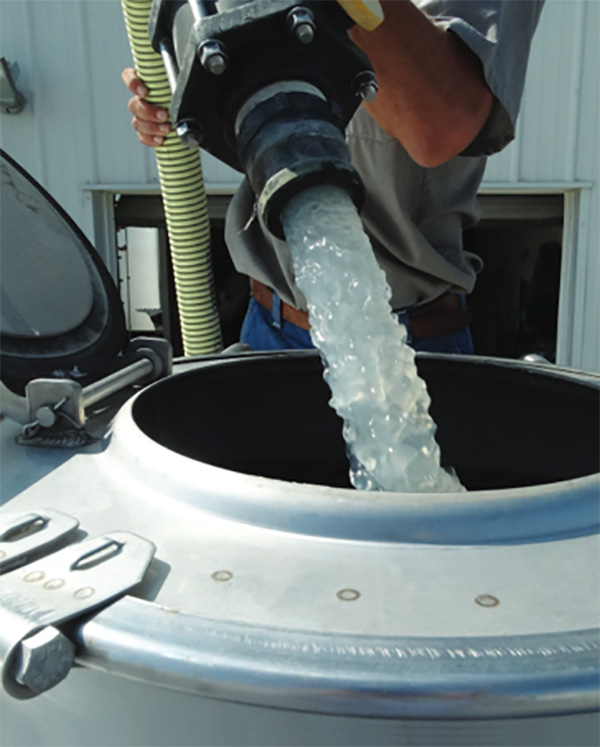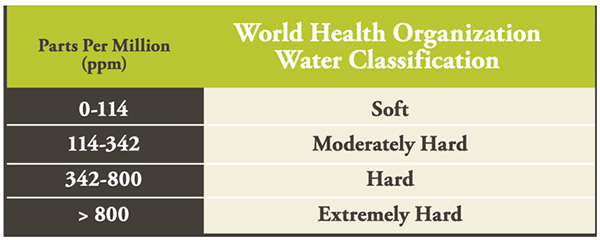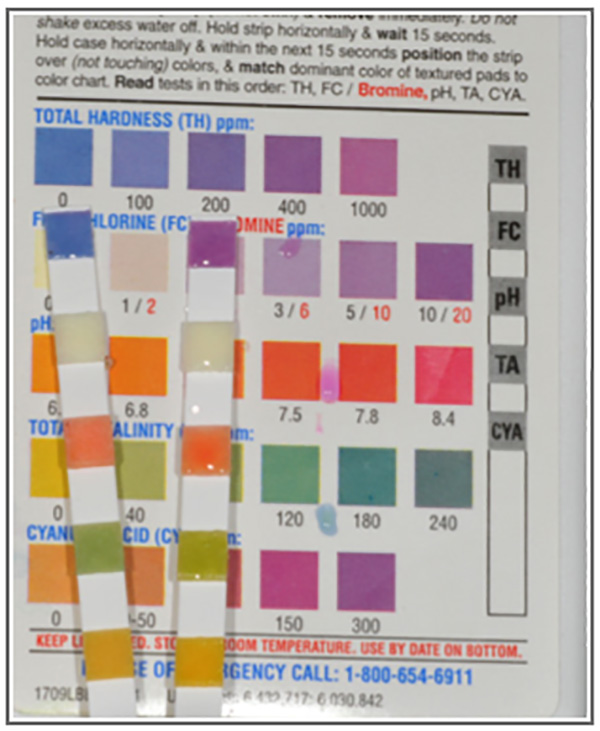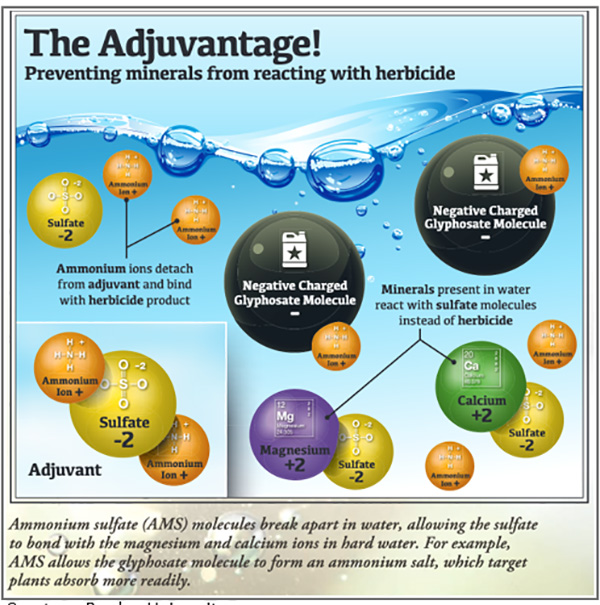Water comprises approximately 99% of the spray volume when applying herbicides. That's why having the proper water pH and water hardness is crucial to maximize certain herbicides' effectiveness on weeds, explains Fred Whitford, director of Purdue University Pesticide Programs.
It’s essential to know the difference between water hardness and pH, as they are not related, and because some herbicides can break down in low or high pH water. The hardness scale helps determine how much calcium and magnesium bind to some herbicides and tie them up. The pH scale determines the acidity or alkalinity of the water.

Courtesy: Purdue University
The pH scale ranges from 0-14, with 7 being neutral. A pH less than 7 indicates acidity; greater than 7 indicates an alkaline. Whitford says most, but not all herbicides, work better when the pH is around 5.0 to 5.5.
“If the pH is less than 7.0, it’s okay with all those products that like acidity. Some people will still add pH adjusters to drop it a little bit lower, like 5.5 to 6.0, to see if they can improve performance,” he adds. “That’s why it is important to read the label to maximize efficiency. I’ve had many farmers tell me that when they fixed their water [appropriate pH levels] and removed the hardness that they achieved a marked improvement in weed control efficacy,” Whitford continues.

Glyphosate is the poster child for water hardness, he says. When the herbicide mixes with hard water starting around 250 ppm, glyphosate molecules bind to calcium and magnesium like a magnet, keeping the herbicide from getting into the weed. That’s why the manufacturers recommend adding ammonium sulfate to free the glyphosate molecules. Be sure to read the label, he adds.
Simple Test Kit

To test the water, inexpensive litmus paper strips that measure pH and hardness, like those designed for testing swimming pool water, work well. There’s no need for a lab water test, according to Whitford.
Since water hardness doesn’t change much for groundwater, one test of your water sample in the spring and one in the fall should suffice. “For pH, it’s best to test the sprayer tank once all chemicals and adjuvants are added and mixed," he recommends. "Then you can add a pH adjuster as needed." Repeat the pH test only when you change herbicide mixtures. 
Courtesy: Purdue University
One big myth that Whitford likes to put to rest is that adjuvants are snake oil. “There’s a reason why companies recommend adjuvants — whether it’s an oil, a surfactant that makes water wetter, a pH or hardness adjuster, or a drift reducer — to optimize the success of their product. They know their product will need particular ingredients depending on where the product is used."
He encourages growers to seek information from herbicide product labels, state Extension weed scientists and ag retailers. There are spray carrier water quality recommendations in Extension weed control guides, and every herbicide label provides best use guidelines. “Custom applicators can offer good insight on water additives and adjuvants because they have found greater success when using them," he adds.
For postemergence application, it’s very important to ensure the water carrier is optimized to control existing weeds. But Whitford believes soil-applied applications need the same water quality.
“As soon as that spray hits the soil, breakdown begins. If the mixture starts out at 100%, it will take longer for the products to break down in the environment. If the mix is less than optimum, then the residues and ability to control weeds may not last as long as expected,” he adds.
For more information:
Adjuvants and the Power of the Spray Droplet (Purdue)
Water Temperature and Herbicide Performance
Avoid Tank Mixing Errors
The Impact of Water Quality on Pesticide Performance (Purdue)
Content provided by DTN/Progressive Farmer
The More You Grow
Find expert insights on agronomics, crop protection, farm operations and more.